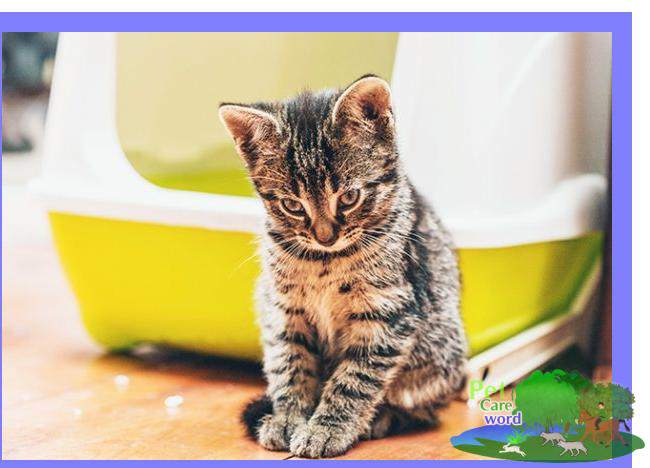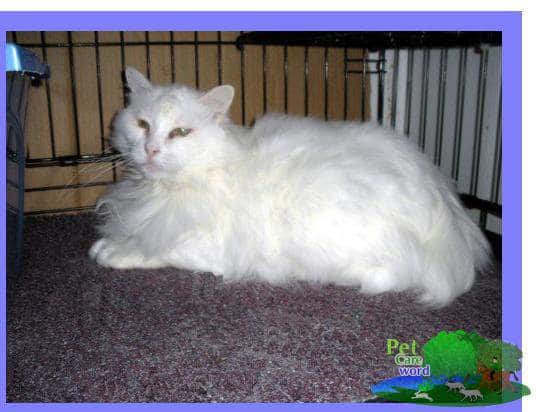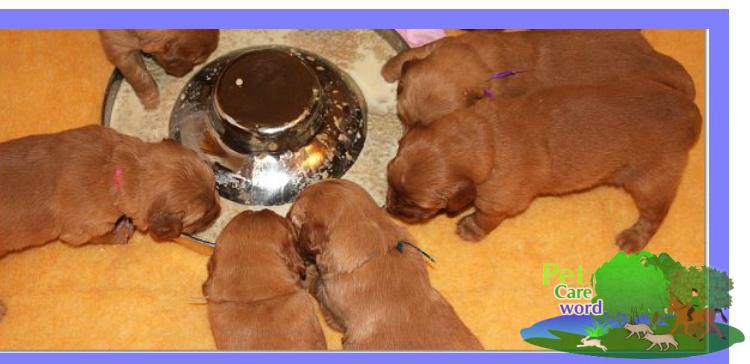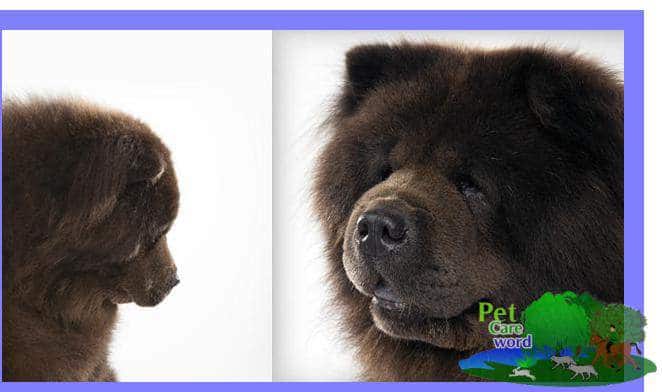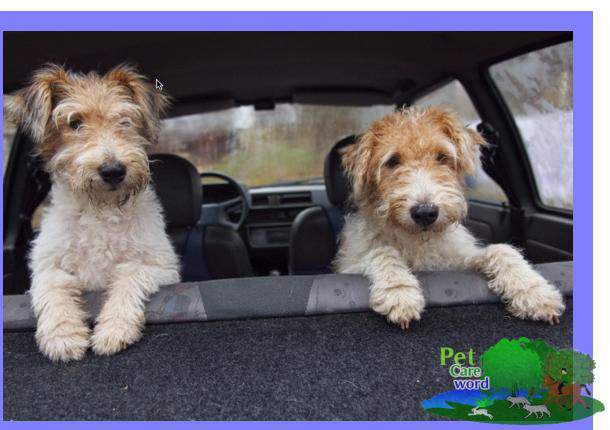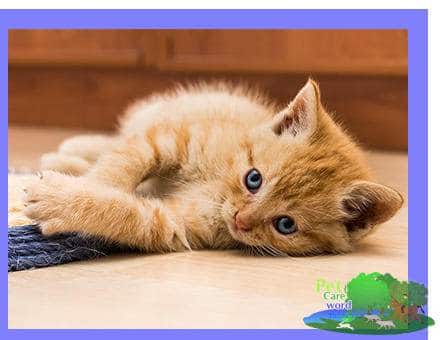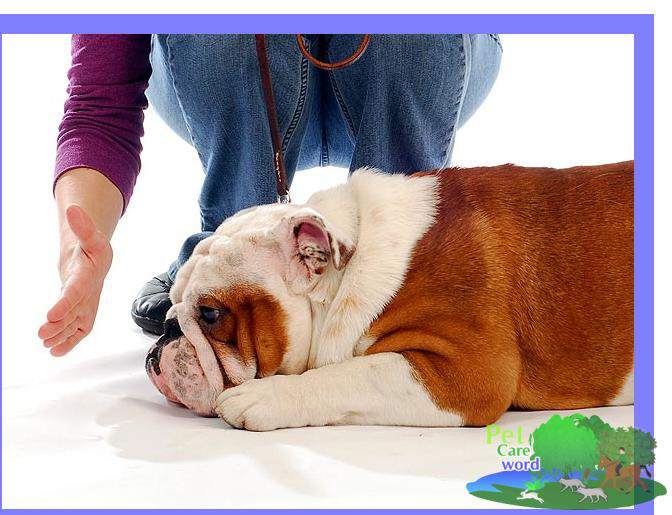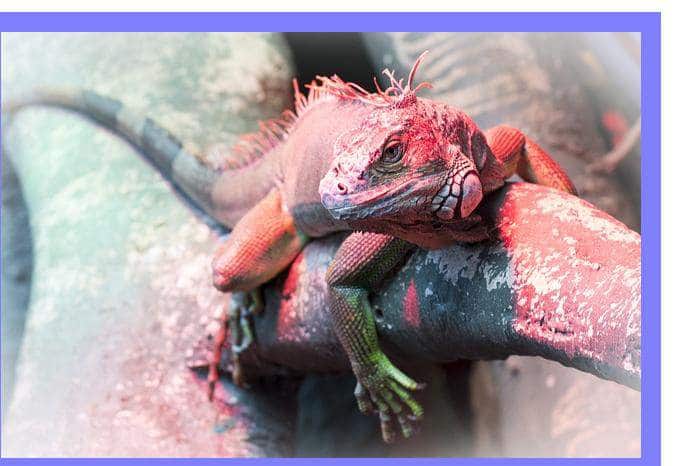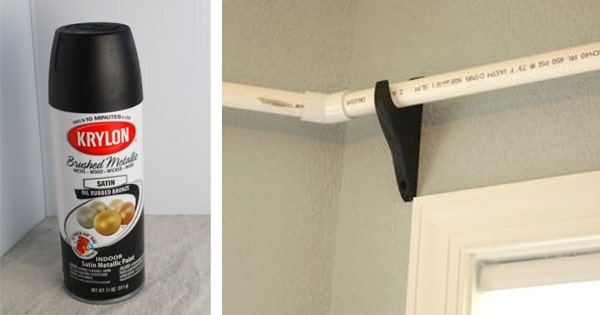The Working Dog Breeds, also called the Utility Group, is the largest group of dog breeds. The huge Mastiff and Great Dane belong to this group. So do the Anatolian Shepherd Dog, the Malamute, the Husky, Akita, the Schnauzer, the Neapolitan Mastiff, the Portuguese Water Dog, the Rottweiler, the Saint Bernard, and the Samoyed.
Because most of these dogs are large and powerful, they require skillful training from an early age, and families with small children may want to consider whether their child might be unintentionally harmed by such a dog. Many of these dogs make good watch dogs.
What Is The Best Working Dog Breeds ?
Working dogs are dogs that are bred to help people with a wide variety and occasionally finely detailed work. They are used in custody, guidance, close protection, towing and life saving. Their size usually ranges from medium to large. Almost all of them are well-built, muscular dogs. Working dogs are famous for their strength, attention, intelligence and loyalty.
Akita, boxer, bulmastif, Doberman pinscher, coarse schnauzer, normal schnauzer, Great Dane, mastiff and Rottweiler are among the races used as guard or close guard. Some species used as herd keeper are Great Pyrenees, komondor and quartz. In the UK, the Pyrenees mountain dogs and other shepherd dogs and in Canada the Eskimo dogs are considered working dogs. Some of the breeds used in towing and rescue are Alaskan Malamute, Siberian shepherd, Samoyed, Bern mountain dog, Portuguese water dog, Newfoundland and Saint Bernard. Here are the traits of some popular members of this working of dog breeds.
ALASKAN MALAMUTE
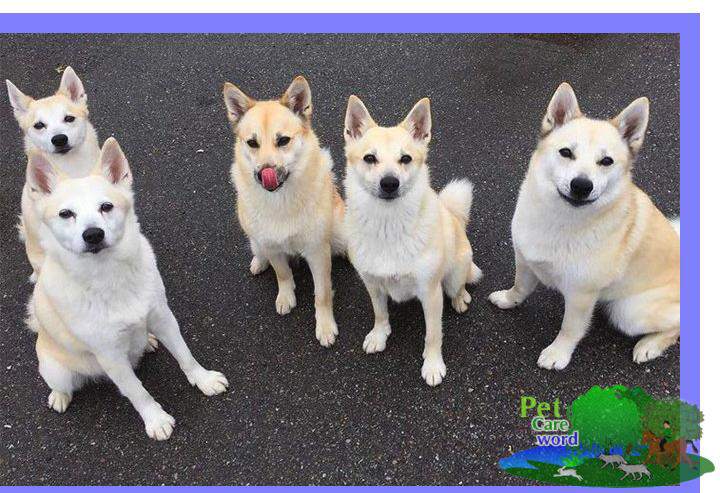
The Alaskan Malamute, a dog bred to pull sleds in Alaska, is happier in colder climates. They are large and powerful, often weighing 80-90 pounds. Grooming: Regular brushing of their thick coats will help keep these dogs tangle-free. They will shed quite heavily in warm weather. Exercise: These dogs, bred to pull heavy sleds long distances, need a lot of exercise to burn off their restless energy.
Small children: Because of their size, strength, and energy, caution should be used in bringing these dogs into homes with small children. They are not inherently vicious or prone to snap at children, however.
Aggressiveness: They are generally friendly and loyal. However, they can be aggressive and territorial, especially with other dogs. They are pack animals who are used to having to establish their dominance in a pack, and are rumored to have wolves as ancestors.
ROTTWEILER
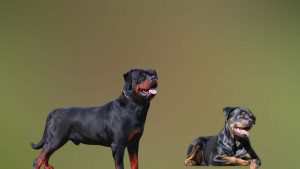
The Rottweiler is a massive, powerful dog who is used as a guard dog for good reason. They were originally bred in Germany as herding dogs, but their size and temperament lends itself well to being used as a guard dog. They often weigh around 120 pounds. Grooming: Minimal because of their short smooth coat. Exercise: They need a lot of exercise, and should not be kept cooped up in a small house or apartment or they will become very destructive.
Small children:Rottweilers are not ideal dogs for households with small children, because of their size and the aggressiveness that has been bred into them. Aggressiveness: They can be very aggressive and make good watch dogs.
GREAT DANE
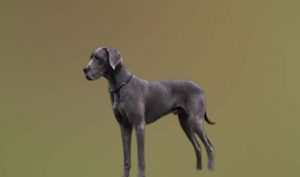
The Great Dane weighs up to 200 pounds. They are massive but good-natured dogs; they are also among the shortest lived of dogs; larger dogs in general are shorter lived. An average lifespan of around eight years is not unusual for this giant breed. Great Danes were originally bred to hunt wild boar.
Grooming: Great Danes have short smooth coats and do not need much grooming. Exercise: Moderate to high. They do need a fair amount of exercise daily, but not as much as one would expect from such a huge animal. Small children: Great Danes are not vicious to small children, but could easily harm a small child because of their large size. Aggressiveness: Great Danes are generally a friendly breed if properly socialized from puppy hood.
STANDARD SCHNAUZER
The Standard Schnauzer is a working dog with a distinctive muzzle of hair that looks like a beard when groomed properly. They can weigh in the range of 35 to 50 pounds. Giant Schnauzer weigh up to 80 pounds. They both originated in Germany. The Standard Schnauzer was bred to kill vermin; the larger Giant Schnauzer was bred to kill vermin but also to pull carts and was sometimes used as a guard dog.
Grooming: The Standard Schnauzer, like a Poodle, needs regular grooming. This helps to keep their distinctive bearded muzzle attractively shaped and trimmed. Exercise: Moderate to high. Schnauzers have a lot of energy. Small children: If a Schnauzer is raised with children, they will be very good with them in most cases. Aggressiveness: They need vigorous exercise, as do many of the working dog breeds.
SAINT BERNARDS
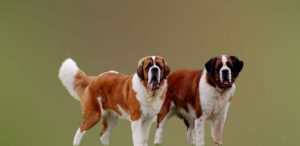
Saint Bernard’s are another working dogs breed. They are frequently pictured with little barrels of rum around their necks, which was supposed to be used to warm stranded skiers or hikers in the snow that the Saint Bernard’s were sent to rescue. They can weigh in the neighborhood of 240 pounds.
Grooming: They have thick heavy coats and need frequent brushing. Exercise: Vigorous exercise. St. Bernard’s are working dogs. Small children: St. Bernard’s are generally friendly, lovable, and sweet, as they were bred to rescue, not hunt. However they could be dangerous to small children because of their large size. Aggressiveness: St. Bernard’s can occasionally be aggressive, depending on the individual dog, but it is not a breed characteristic.
SAMOYED
The compact and muscular body of this working dog breed is an indication of its strength. Silvery-tipped dense fur can be white, yellow, and cream-colored. Samoyed is a strong and dynamic dog. It has a black or brown nose and a strong, tapering head. The eyes are dark and oblique. The tail is long, abundant hairy and carried in a circle on the back.
The legs are perpendicular to the ground and strong. The feet are flat and covered with feathers. Its fur is dense and hard with a soft bottom fur that protects it from the arctic cold. For care; Intensive hair care is required. It suffers a seasonally serious hair loss period. Frequent and lush fur should be brushed frequently. If it is brushed often enough, it can maintain its whiteness without being washed.
SIBERIAN SHEPHERD
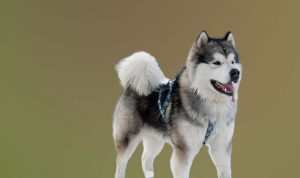
Siberian shepherd can reach up to 30 kilos in weight when they reach adulthood. Cold climate dogs are developed in such a way that their front and rear legs move freely on the snow. The skull of Husky dogs is long and pointed, with ears erect. In most species, the hairs on the back are black or gray, the hairs on the abdomen and legs are white. The Siberian Wolves are intelligent and playful dogs, with their stubborn personality and their self-indulgent nature. Siberian shepherd dogs can reach up to 60 cm in height when they reach adulthood. The living areas are garden houses and farms. The average life span of Siberian wolves is 12-15 years.
Pls click for read our new article about types of sporting dog breeds .
